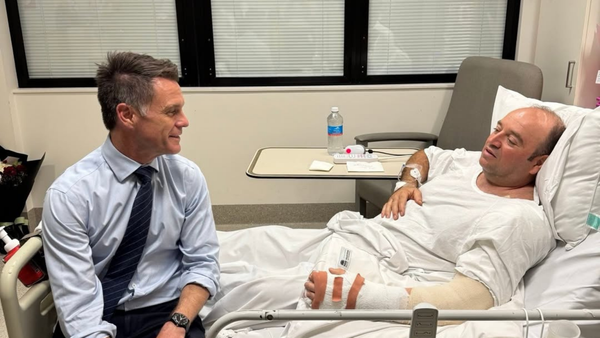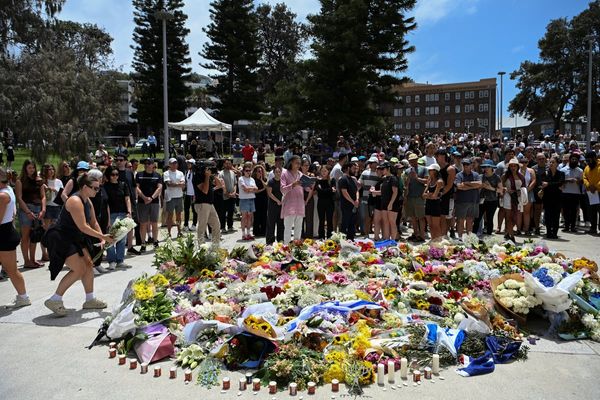
Feeling like an Ancient Greek in need of a little emotional catharsis? While I’m not sure where the next showing of Oedipus is taking place, I can recommend some works of art that are just as tragic! Why buy theatre tickets when you can experience a heady mix of fear and sorrow from the comfort of your own home? If you need a good sob, here are ten devastating graphic novels that will make you ugly cry, or your money back. I mean that figuratively, you’re not actually paying me to help you work out your emotions in the first place. I’m not your therapist, just some nerd on the internet. Similar, but not the same.
Persepolis

Persepolis by Marjane Satrapi is the author’s autobiographical story of her experiences growing up in Iran during and after the Islamic Revolution. Gorgeously rendered in somber black and white, this graphic novel paints a picture of Iran in the late 70’s – a nation gripped in the throws of turbulent theocratic reform. For a young woman like Maryjane at the time, the event was especially troubling – women across Iran bore the brunt of social change, and found their rights limited in their professional and personal lives. Coupled with the nation’s budding war with Iraq, these circumstances created profound challenges for teens like Marjane – her entire life was altered within the course of a few years. It’s an emotionally difficult read, a portrait of a young woman shouldering the weight of a culture at war with itself and others – not even Atlas could carry that burden.
Maus

Perhaps the most devastating graphic novel ever written, Maus by Art Spiegelman paints a portrait of the Holocaust through his troubled relationship with his father – a Polish Jew who narrowly survived the ordeal. The novel reimagines the great historical tragedy with a cast of anthropomorphic animals, the Jews are depicted as mice while the Nazis are drawn as hungry cats. The resulting visual metaphor is staggeringly effective, detailing the despair of a people hunted down like prey. The novel jumps back and forth between past and future, showing Art’s strained relationship with his ailing father for a further emotional gut punch. It’s a story about the lingering effects of trauma, the shadow cast by one of the darkest events in human history, and the resilience of those who survived to tell the tale.
Fun Home

Before it was adapted to an ugly-cry inducing musical, Alison Bechdel’s Fun Home was a graphic novel centered around the author’s relationship with her late father Bruce – an English teacher and funeral director. Soon after coming out as a lesbian, Alison discovered that her father was also gay – living closeted for most of her life. A few weeks after he came out, he passed away from apparent suicide, leaving her to re-examine her experiences with him. Alison’s childhood with her father was troubled at best, and he was prone to emotional coldness peppered with outbursts of rage, which Alison attributes to his inner anguish over his sexuality. Devastating and darkly funny, Fun Home is brilliant due to its simplicity. No save the world plots or caped crusaders in this graphic novel, just one girl’s fraught relationship with her dad – a tightrope walk between love and grief.
Stitches

Stitches by David Small is graphic memoir recounting the author’s deeply troubled relationship with his family. As a young boy, David suffered from respiratory illness, which his radiologist father attempted to treat through massive doses of radiation therapy – all the rage in the 1950’s. After David agreed to a simple operation at his parents’ behest, he awoke to find that one of his vocal chords had been removed to get rid of a growth caused by the radiation. Rendered almost entirely mute, David struggles to re-adjust to life while dealing with his parents’ misdirected feelings of anger and guilt. This is a hard, hard read – an unflinching look into a screwed-up childhood where the author’s only source of respite was found in his own drawings – a testament to the healing power of art.
They Called Us Enemy

They Called Us Enemy by George Takei is the Star Trek star’s account of his childhood years spent in an American concentration camp – along with nearly 120,000 Japanese Americans during World War II. Initially known as “relocation centers,” these camps were wrapped in barbed wire and patrolled by armed guards, and one of them served as Takei’s home for a few years. The novel is a harrowing portrait of a life lived under constant surveillance, a detailed look at one of the bleakest social tragedies to occur in American history. Despite the horrors of his youth, Takei rose to become one of the most prominent Americans in the 20th century – and this novel shows how, step by heartbreaking step.
Daytripper

Daytripper by Fábio Moon and Gabriel Bá is a day in life of writer Brás de Oliva Domingos – a day that ends in his inevitable death. The graphic novel is a series of ten vignettes, each detailing a pivotal day in the author’s life – from first love, to parenthood, to old age. At the end of each vignette, Brás buys the farm, showing the myriad ways his existence could have ended at any moment. It’s a novel about the quiet fragility of our lives, the notion that any day could be our last. The novel asks you, the reader, to consider the quality of your own life. If you died right now, would you feel fulfilled? Did you live a full life? Are you appreciative of the gift of this present moment? Questions like this stop us in our tracks, make us think, and 9 times out of 10, cause an uncontrollable bout of ugly crying. Daytripper will cause you to softly, gently, sweetly examine your own existence – and make you tearfully thankful for it.
Goodnight PunPun

Goodnight PunPun by Inio Asano is an unflinching look into the life of an adolescent who survived sexual assault, only to become a perpetrator of sexual abuse in his adult life. It’s a downright downward spiral, and there are entire Reddit threads dedicated to explaining why teens and young adults shouldn’t read it for the sake of their well-being. The feelings evoked by this novel go beyond a few simple tears, it’s a bleak look at the darkest aspects of the human psyche, ironically told from the perspective of a deceptively cute little bird/ghost. The emotional brutality of PunPun is comes from its strange sense of mundanity – events like this are sadly more commonplace than any of us would like.
Blue Is The Warmest Color

Before it was adapted into a cinematic emotional rollercoaster, Jul Maroh’s Blue Is The Warmest Color was an equally devastating graphic novel. Drawn in a watercolor style that looks like paint mixed with tears, this novel tells the tale of Clementine and Emma – two young lovers doomed to fall apart. After the blue haired Emma sparks hidden sapphic desire in Clementine, the pair embark on a Category Five whirlwind romance that leaves utter devastation in its wake. Clementine and Emma wrestle with the social repercussions of their sexuality and the inner turmoil that comes with opening your heart to another person. If you’re looking for a cozy queer romance read, throw this novel out the window. If you’re looking for a novel as gorgeous and devastating as your own first love – run outside and catch this novel mid-fall. It’s worth it.
I Kill Giants

I Kill Giants by Joe Kelly and J. M. Ken Niimura is the story of Barbara Thorson – a lovable nerd like you and me. She’s obsessed with Dungeons and Dragons (same) and views her life through the lens of fantasy. She spends her days smashing giants with a war hammer and communing with pixies. All in all, she’s got a great life. Except… she doesn’t. As the novel goes on, we discover that Barbara’s fantasy world serves as a way for her to cope with mundane troubles. When the real world gets hard to wrap her head and heart around, she retreats a realm that she can understand. It’s sort of a spiritual successor to Bridge To Terabithia, a young people using fantasy in order to deal with reality. If you know anything about that novel, you’ll understand the emotionally devastating consequences.
Berserk

A famously traumatic read, Kentaro Miura’s Berserk is the darkest of dark fantasy – and perhaps the most seminal work in the sub-genre. This is the story of Guts, a linebacker sized mercenary who swings a sword the size of a Fiat. Guts has had it rough, he grew up as a war orphan, and was sacrificed to demons by one of his closest companions. Berserk doesn’t shy away from the brutal realities of the Medieval world, putting the physical and sexual violence that comes with war on full display. It’s a novel that won’t cause you to cry while reading it – you’ll be too stunned and horrified. The tears come later, in quiet moments when you think about how Guts so, so, so deserving of love and kindness, and how rarely he gets to experience either. It’s the story of a man who quietly and uncomplaining preservers in the face of utter evil, and refuses to flinch.
Have a tip we should know? [email protected]







